|
|
 REPRESENTATIONS
OF AUTHORITY AND REVOLUTION, CIRCA1848 REPRESENTATIONS
OF AUTHORITY AND REVOLUTION, CIRCA1848 |
|
|
|
|
|
|
|
| |
| |
Among
the hallmarks of the new revolutionary era was the return
to the symbols of the old.
At
right, a button (brass on wood) from the First Republic:
•
fasces
• Phrygian cap ("Liberty Cap")
• oak leaves
The
revolutionaries' sense of history was, if anything, too strong.
|
|
|
The
new revolutions also began, however, to create a new political culture.
The following draws upon examples of popular political emblems and
mementoes. Medallic culture had a strong tradition in France but it
acquired new life in the middle of the 19th century. Perhaps because
the Revolution moved so fast and lasted so briefly, and because it
mobilized the masses as never before, we find many items that are
small or made of base metal. Noteworthy, too, is the die-punched eye
(parallel to the horizontal surface of the object) on many pieces,
which enabled ready manufacture of emblems that could be worn on the
clothing for public display. (More elegant or formal pieces had attached
eyes perpendicular to the medal's surface, which usually entailed
the addition of a separate metal loop for attaching to a ribbon.) |
|
kl.jpg)
 enlarge
enlarge
|
Louis
Philppe: From Hero...
Bronze
medal from the beginning of the July Monarch
left:
Louis Philippe, King of the French
right:
To the Preserver of Liberty. 9 August 1830
|
kl.jpg)
 enlarge
enlarge
|
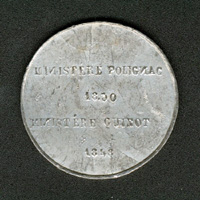
 enlarge
enlarge
|
to
villain:
White-metal
medal from the end of the July Monarchy
left:
The Polignac Ministry 1830/ The Guizot Ministry 1848
right:
Louis
Philippe D'Orleans King of the Barricades 1830/
Overthrown by the Barricades 1848
|
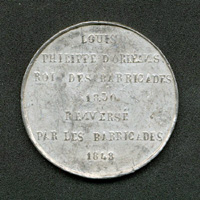
 enlarge
enlarge
|
|
|
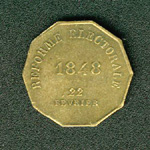
 enlarge
enlarge
|

 enlarge
enlarge
|

 enlarge
enlarge
|
| |
|
|
|
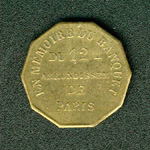
 enlarge
enlarge
|
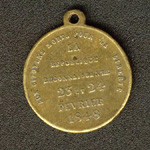
 enlarge
enlarge
|

 enlarge
enlarge
|
|
|
Concretizing
the Republic:
two of the most beautiful representations of the new order
(employing female and male forms, respectively)
|
|
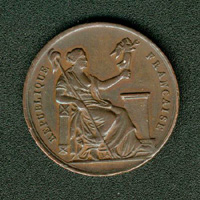
 enlarge
enlarge
|
|

 enlarge
enlarge
|
| |
|
|
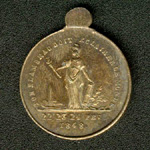
 enlarge
enlarge
|
|
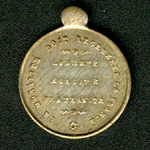
 enlarge
enlarge
|
|

 enlarge
enlarge
|
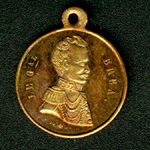
 enlarge
enlarge
|
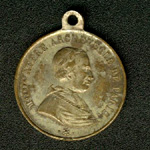
 enlarge
enlarge
|
| |
|
|
|
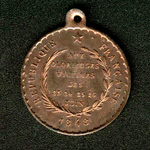
 enlarge
enlarge
|

 enlarge
enlarge
|

 enlarge
enlarge
|
|
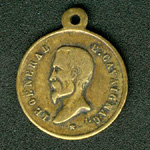
 enlarge
enlarge
|
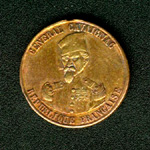
 enlarge
enlarge
|
|
| |
|
|

 enlarge
enlarge
|

 enlarge
enlarge
|
|
|
|
The
Spread of the Revolution Abroad
|
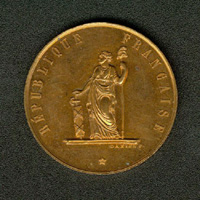
 enlarge
enlarge
|
|

 enlarge
enlarge
|
| |
|
|
|
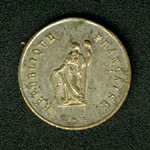
 enlarge
enlarge
|
|
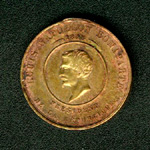
 enlarge
enlarge
|
| |
|
|
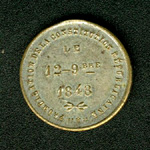
 enlarge
enlarge
|
|
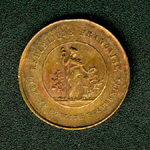
 enlarge
enlarge
|
|
|
1849:
one last unsuccessful protest
|
|
The
Frankfurt Assembly makes Archduke Johann of Austria Imperial
Administrator
|
|
|
|
| |
No
Austria, No Prussia
It Shall be a United Germany
|
 enlarge
enlarge |
 enlarge
enlarge |
|
(further
sections on Central Europe to follow soon.)
|
The
Defeat of the Revolution
|
| rebels
mourn |
reactionaries
celebrate
|
kl.jpg)
 enlarge
enlarge
|
kl.jpg)
 enlarge
enlarge
|
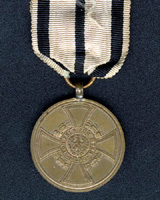
 enlarge
enlarge
|
|
kl.jpg)
 enlarge
enlarge
|
kl.jpg)
 enlarge
enlarge
|

 enlarge
enlarge
|
| |
|
|
|
|
|
| |
|
last
updated
14 February, 2004
top
|
|
|
|
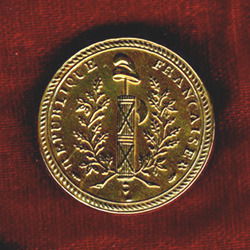
kl.jpg)
kl.jpg)








kl.JPG)
kl.JPG)
kl.jpg)
kl.jpg)



















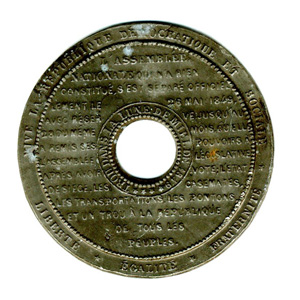
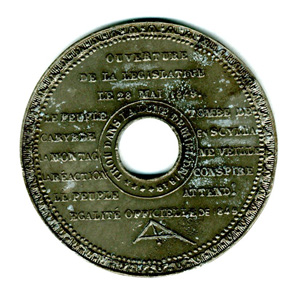
kl.jpg)
kl.jpg)
kl.jpg)
kl.jpg)

kl.jpg)
kl.jpg)
